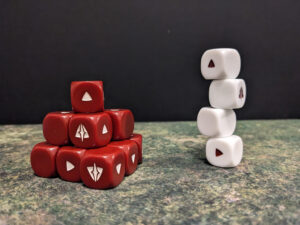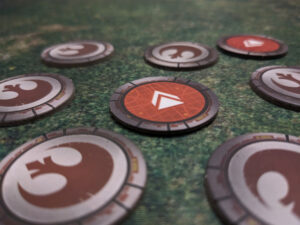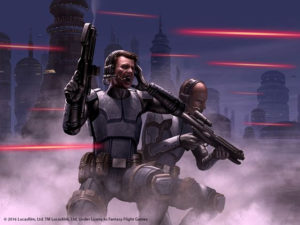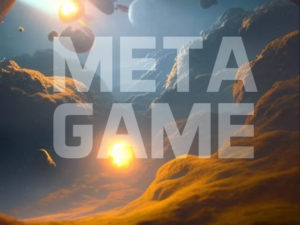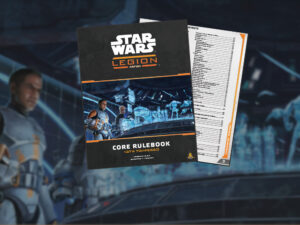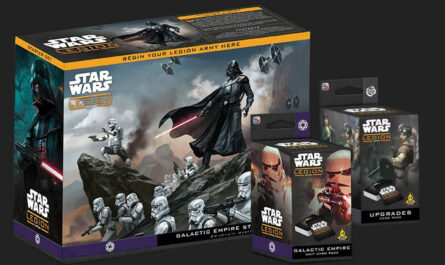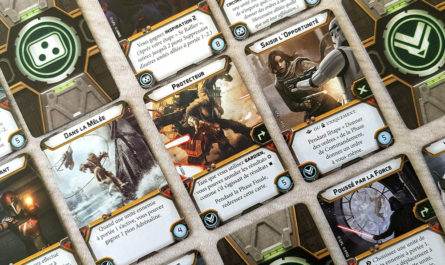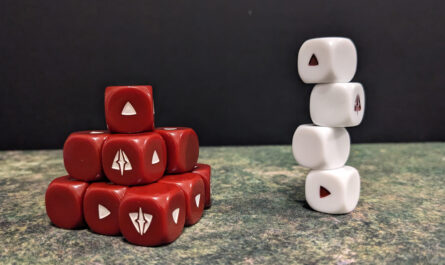Whether it’s your first time or your hundredth, building an army list is always a delicate exercise. A great list rarely comes together on the first try. Just like a painter working on a canvas, you begin by sketching out the structure of your piece. You’ll add a stroke here, erase one there. It’s through trial and error, game after game, that the final masterpiece is revealed. Yes, building an army list is time-consuming and requires skill. A helping hand is always welcome. In this article, I’m sharing 7 fundamental tips to help you build your army lists on solid foundations.
The 7 fundamental tips
Think “archetype”
To stick with the painter analogy, it’s a good idea to choose a canvas for your creation—meaning the size and shape of your battlefield strategy. In wargaming, we call this an archetype, and I recommend following one when you start building your army list. An archetype is a recurring strategy found in many successful army lists. It works like a mold: it gives your list a structure, while still allowing you to inject your favorite units. Two lists can follow the same archetype and still feature different units… and vice versa. Several archetypes exist, and the most popular ones are listed in the following article:
Think “objectives”
To win a game of Star Wars: Legion, you need to score more points than your opponent. You earn these points by completing the primary and secondary objectives defined at the start of the game. When building your army, it’s crucial to understand HOW your units will score those points and WHO will be responsible for doing so.
A quick analysis of the objective cards reveals something key: as of April 2025, all primary objectives (which score the most points) require you to control zones. And to hold those positions, your units will need to withstand enemy attacks. So prioritize tough units with strong defensive capabilities.
A unit with a lot of health isn’t necessarily resilient. To truly assess durability, you have to consider both health points and defensive dice. By combining these stats, you can calculate what we call the effective wounds of a unit. For example, in the Rebel faction, this calculation shows that Clan Wren and the Bad Batch are the most resilient trooper units.
If you’d like to learn how to calculate the effective wounds of units, I explain everything in detail in this article:
Think “denial”
Focusing your army on scoring points is essential. But a complementary way to secure victory is to prevent your opponent from scoring as well. In the previous section, I explained the importance of identifying which units in your army will score points. The same logic applies to a denial strategy: which units will be responsible for throwing a wrench in your opponent’s plans?
Since your opponent will also be doing their best to deploy tough, resilient units, you’ll need to be able to clear their positions effectively. You won’t have many opportunities to do so, so make every one count.
One solution is to deal as much damage as possible during your assaults—meaning you’ll want units capable of generating large attack pools. While defensive dice can help mitigate incoming damage, a strong attack pool can wipe out an enemy squad in a single volley, where a smaller one might fail.
“With great fire power comes great damage” – Ben “Kenobi” Parker
Think “control”
One of the unique mechanics in Star Wars: Legion is the semi-random activation of your units. Being able to choose when a unit activates is a luxury—only a few units will have the privilege of receiving orders and activating exactly when you want. For the rest of your army, however, you’ll be in the dark… unless you use tricks to shine some light. Yes, they exist—and you can learn about them in the following article:
Think “tempo”
Tempo? At first glance, it’s a concept that applies during gameplay, not list building. And you’d be right. But keeping good rhythm during a match requires some prep work ahead of time. By tempo, I mean your ability to activate a unit at just the right moment to maximize its effectiveness. Some units shine only if activated at the perfect time, while others are more flexible. This trait is called time sensitivity.
When building your list, avoid stacking too many time sensitive units — that is, units that need to receive orders to be activated at the right time. Since you have a limited number of orders to issue, having too many such units will force you into tough choices and waste valuable resources. If you’d like to dive deeper into this concept, check out my dedicated article:
Think “metagame”
The metagame is a key concept to understand the competitive scene and prepare for tournaments. If you haven’t already, I invite you to check out my article dedicated to the concept of metagame:
When building an army, it’s important to identify the “meta” units — meaning the ones that offer the best value for their cost. In Star Wars: Legion, each player brings a 1,000-point army to the table, with the idea of playing a balanced game… at least in theory. In practice, balance isn’t always perfect: some unit costs don’t reflect their true performance due to imperfect tuning by the developers. As a result, some units are overcosted and others undercosted. What was meant to be a fair 1,000 vs 1,000 points game can easily become a lopsided 970 vs 1,030 battle. That’s how a player who knows the meta units can gain a serious advantage over someone who simply picks units “because they look cool“.
Thinking in terms of metagame means identifying the most effective units—both in your faction and your opponents’. The goal is to build your army around the most efficient units or synergies available, while assuming your opponent is doing the exact same thing.
Some players bet everything on a “meta-counter strategy”. They know that most players will follow current trends and build similar lists. So they design armies specifically tailored to crush those “meta” builds. But beware! Playing counter-meta is risky: kryptonite is great against Superman… but useless against Batman. If your counter-meta list doesn’t face its intended target, it’s a massive flop.
Keep an eye on game updates
Finally, stay up to date with Atomic Mass Games’ biannual announcements on the game’s state. These happen every year in April and October. During these updates, the developers share balancing changes: unit points updates and upgrade card changes. Sometimes we even get card errata or rulebook updates! These changes often reset the playing field and shake up the meta. And therefore, a reassessment of your army list…
Conclusion
Building a good army list for Star Wars: Legion isn’t just about stacking your favorite miniatures. It’s a true balancing act between strategy, efficiency, and enjoyment. By keeping these 7 fundamental tips in mind — from understanding archetypes to embracing the metagame, not to mention resilience and tempo — you’ll have the tools to create strong, coherent lists ready to meet any battlefield challenge. Test, tweak, and repeat. A great list isn’t built in theory, it’s shaped through experience.
If you enjoyed this article and want to stay updated on future Star Wars: Legion content, join me on the Critical Hit Discord server and I’ll notify you when new articles go live:
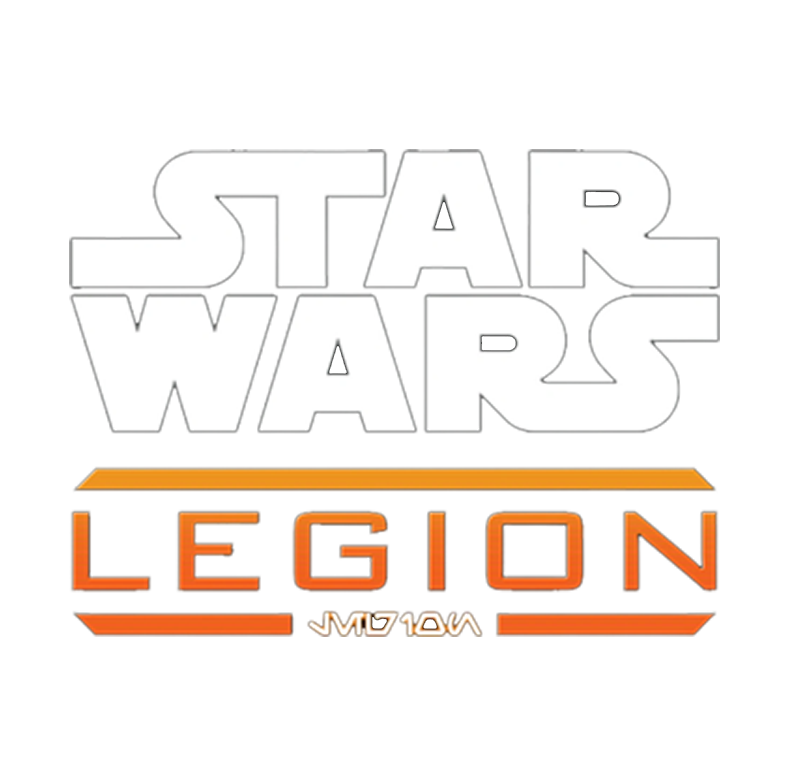
Need advice building your army list?
Join your country’s Star Wars: Legion Discord community and get answers to your questions.


